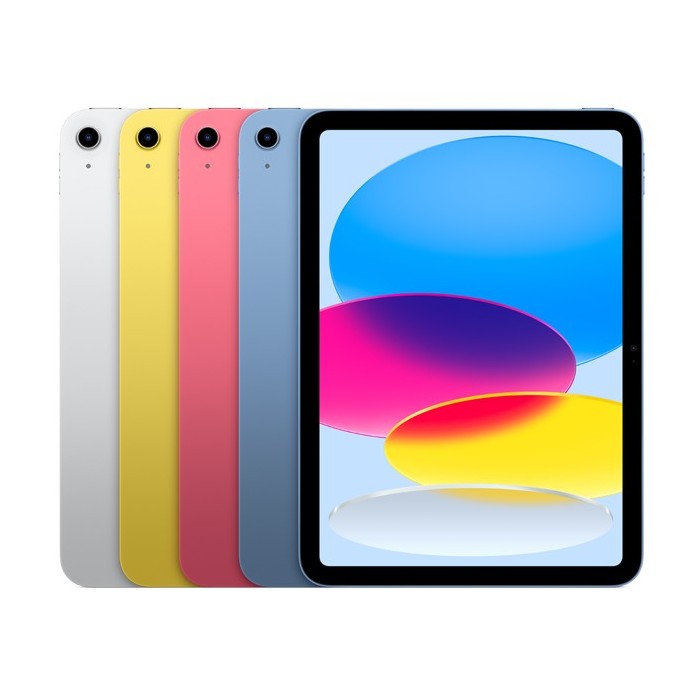

The eleventh generation iPad (also marketed as the iPad (A16)) is a tablet computer developed and marketed by Apple as the successor of the tenth generation iPad. It was announced on March 4, 2025, and was released on March 12, 2025.
Similar to its predecessor, the 11th-generation iPad retains the same dimensions, Touch ID sensor and design. Improvements include the faster A16 chip, a slight improvement to the camera and Bluetooth 5.3. Like the 10th-generation iPad, this iPad supports the Apple Pencil (USB-C) and Apple Pencil (1st generation), as well as supporting Apple's Magic Keyboard Folio keyboard cover accessory.
Like its predecessor, the Touch ID sensor is located in the power button and shares the same colors of silver, blue, pink, and yellow. except for the removal of the iPad branding in the lower midsection.
Like the tenth generation iPad, it has an 11-inch (28 cm) 2360x1640 unlaminated Liquid Retina display. The 11th generation iPad uses the A16 processor, which is also used in the iPhone 14 Pro and iPhone 15 series
The chip has a 5-core CPU, a 4-core GPU, and a 16-core Neural Engine. Because of the chip and RAM limitations, the iPad does not support Apple Intelligence. Different from the iPad 10th-generation, this iPad uses 6GB RAM, the same as the iPhone 14 Pro and iPhone 15 series.
The 11th generation iPad has Bluetooth 5.3 and Wi-Fi 6 (802.11ax) wireless capabilities, as well as sub-6GHz 5G on cellular models. Connectivity is limited to USB 2.0 transfer speeds. The 11th generation iPad, like its predecessor, does not include a headphone connector, requiring wireless headphones or a USB-C adapter, both sold separately.